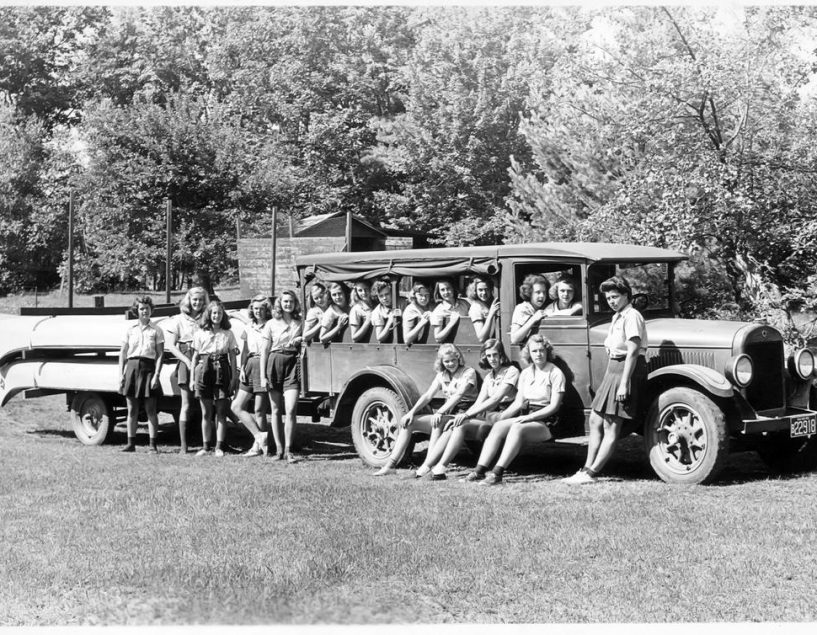New Hampshire Was Home to the First Sleepaway Camp in America
Photo: Camp Pasquaney
At the top of our list of reasons why New Hampshire is a great state for sleepaway camp is the fact that America’s sleepaway camp movement began here over 100 years ago.
In 1881, a Dartmouth student Ernest Balch started the first-ever summer camp in the U.S. called Camp Chocorua, on Squam Lake, northwest of the bigger and better-known Lake Winnipesaukee. Recently, The Museum of the White Mountains ran an exhibition called “Summer Camps: The White Mountains Roots of an Iconic American Experience” that detailed Chocorua’s early days, and the birth of summer camps. Its curator, Paul Hutchinson, actually describes Balch as a college dropout, though we won’t hold that against the nation’s first camp director.
In talking to New Hampshire Public Radio about the birthplace of summer camp, Hutchinson described how popular the White Mountains were as a tourist destination for wealthy families. Rather than stay with their parents and be waited upon at fancy hotels, Balch bought an island and created a summer camp for the sons of these families, where they would cook, clean, build and do everything themselves. Balch believed that nature had a positive effect on children, and his boys-only overnight summer camp was a way to get them outdoors where they would be taught, among other things, to “master the lake” through classes on swimming, diving, boat work, canoeing and sailing. Not only was his goal to foster a sense of self-sufficiency and outdoor skills, it was also, as Hutchinson explained, to “honor the importance of community and your responsibility to others.”
Balch’s idea quickly took root, and similar camps sprouted up in New Hampshire, including, in 1893, the Groton School Camp, also on Squam Lake. The counselors hailed from the elite private school in Boston, while the campers came from less privileged families in the city. Its most famous counselor? Franklin Delano Roosevelt.
The timing makes sense. The birth of the summer camp movement coincided with the Progressive era, when we began to give serious thought to child development and the experience of childhood. Americans were concerned with the rapid pace of urbanization and its effect on children, and summer camp was a way to both escape the city and nurture a child’s positive growth and appreciation for nature. (One can only wonder if Roosevelt would have been as great a president were it not for his two summers at camp!)

The first summer camp for girls, Camp Redcroft, also opened in New Hampshire in 1900, followed by a string of others like Camp Kehonka, founded in 1902 by a private school teacher in New York City.
“At this period in time it was considered a startling thing to do, to take reputable New York girls in their teens and young women into the woods. It scandalized some of the good schoolmistresses to hear that she let girls run around in the broad daylight in bloomers,” wrote the Lake Winnipesaukee Historical Society.
But as Hutchinson explains, camp provided “opportunities for women…to express themselves in ways that they couldn’t in the city.”
What’s so remarkable about the history of sleepaway camps in this country is that the philosophy behind summer camp remains relatively unchanged. We still send our kids to camp to gain a better appreciation of the outdoors, to stretch themselves, to think about community, and develop empathy for others. And at Camp Walt Whitman, we’ve stayed true to our physical roots, too.








